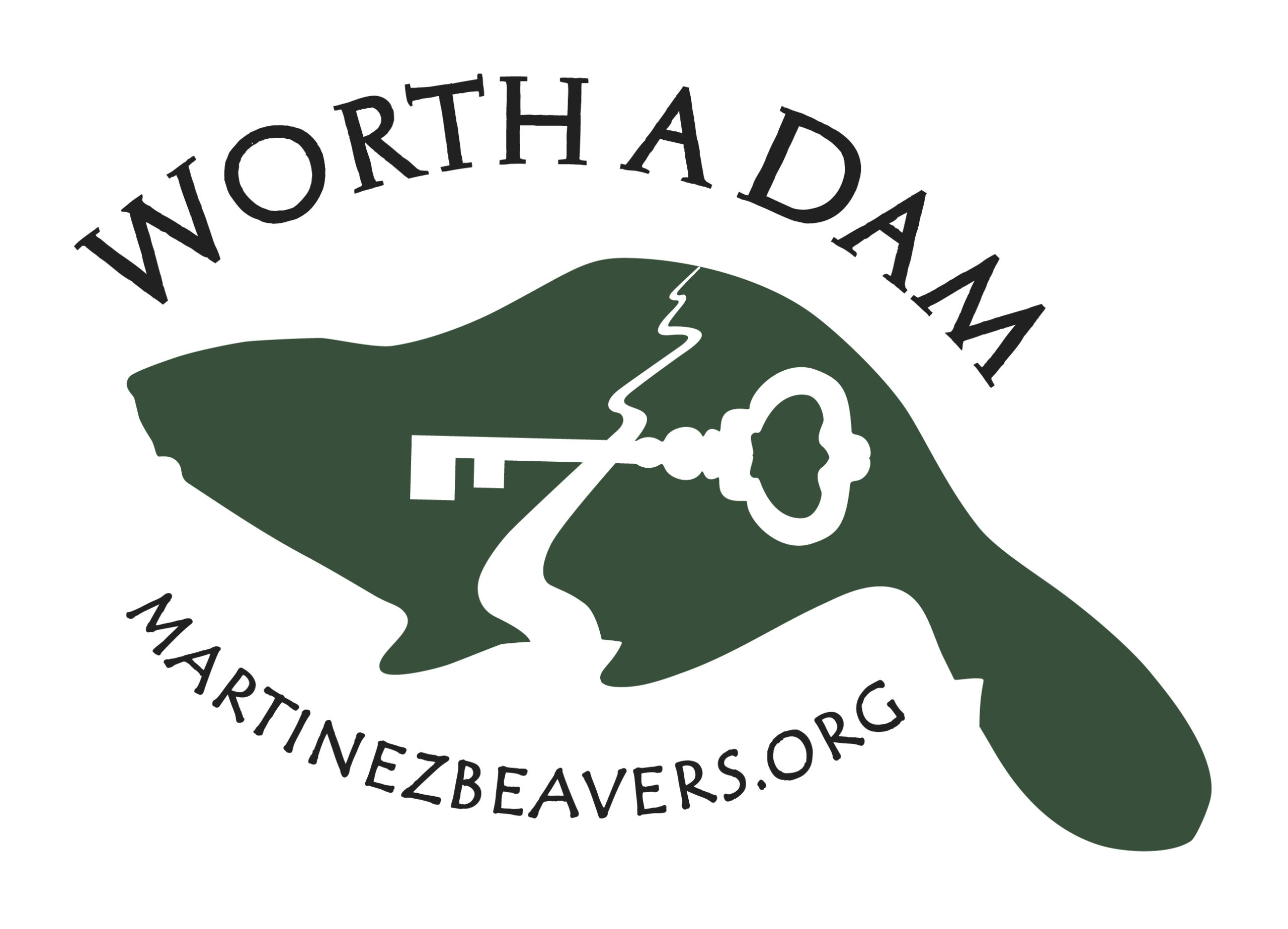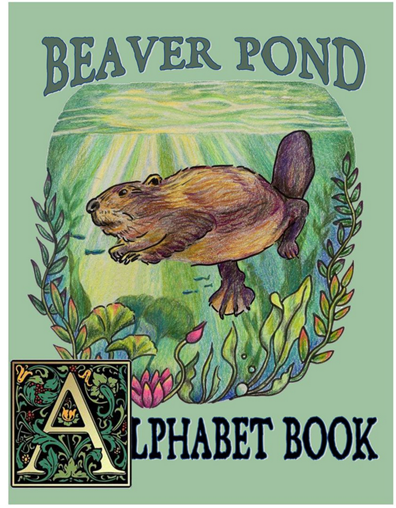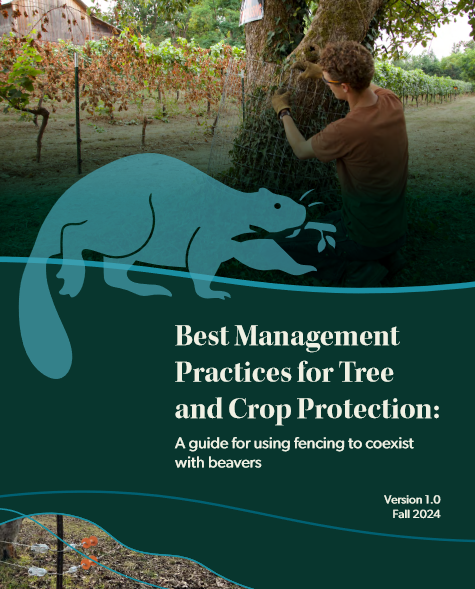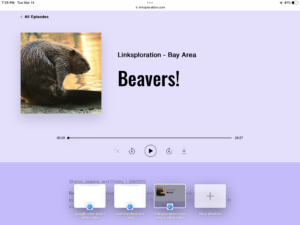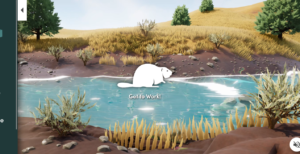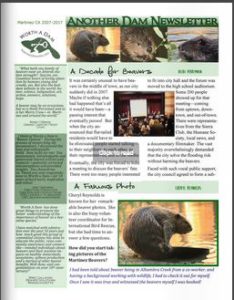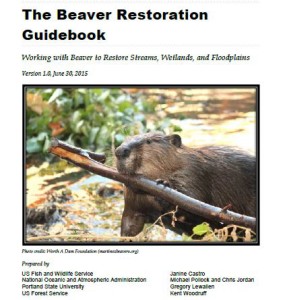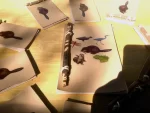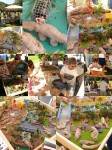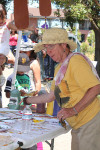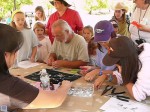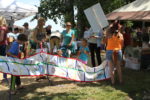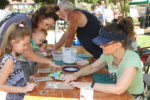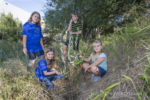There are not one but TWO awesome pieces of beaver news this morning. I’ll start with the pièce de résistance, a phrase which literally means the thing with staying power. Because that’s what this is. Really.
 Michael Pollock sent it to me yesterday on it’s glorious release. He said getting out 1.0 was grueling and he was still seeing typos, but he asked me to give him thoughts about 2.o down the line. Check out the title photograph for which it credits the Worth A Dam FOUNDATION. We would have liked Cheryl’s name too but I’m happy we got the website. And this is exactly the kind of place we want our photos to be. Just read for yourself.
Michael Pollock sent it to me yesterday on it’s glorious release. He said getting out 1.0 was grueling and he was still seeing typos, but he asked me to give him thoughts about 2.o down the line. Check out the title photograph for which it credits the Worth A Dam FOUNDATION. We would have liked Cheryl’s name too but I’m happy we got the website. And this is exactly the kind of place we want our photos to be. Just read for yourself.
Beaver as a Partner in Restoration
More and more, restoration practitioners are using beaver to accomplish stream, wetland, and floodplain restoration. This is happening because, by constructing dams that impound water and retain sediment, beaver substantially alter the physical, chemical, and biological characteristics of the surrounding river ecosystem, providing benefits to plants, fish, and wildlife. The possible results are many, inclusive of : higher water tables; reconnected and expanded floodplains; more hyporheic exchange; higher summer base flows; expanded wetlands; improved water quality; greater habitat complexity; more diversity and richness in the populations of plants, birds, fish, amphibians, reptiles, and mammals; and overall increased complexity of the river ecosystem.
It starts with a review of the hydromorphic and geological effects of beaver dams, then talks about filtration, groundwater and biodiversity. Honestly. for the beaver nay-eayers on your list, this is a big dose of science from the heavy weights FWS, NOAA, and USFS. Even if you can read nothing else, take a look at the first chapter because it says literally everything you know to win the next five arguments you have about beavers.
Chapter 1—Effects of Beaver Dams on Physical and Biological Processes
Beaver impoundments change the spatial distribution of water (groundwater, pond, or stream), as well as the timing of its release and residence time in the watershed. Beaver dams impound water in ponds and pools, and these impoundments slow the flow of the stream; this holds the water within the stream reach for longer periods and can increase base flows (reviewed in Pollock et al. 2003). Indeed, some perennial streams transform into intermittent and/or ephemeral streams following the removal of beaver dams (Finley 1937, Wilen et al. 1975).
Conversely, reintroduced beaver have transformed some intermittent streams back to perennial streams (Dalke 1947, Pollock et al. 2003), and recolonizing beaver have transformed slightly losing streams to gaining streams ((Majerova et al. 2015).
Honestly every ecologist and politician needs to read this from cover to cover. It ends with first hand case studies of watersheds where beaver were introduced. And describes the successes they observed. I already told Michael it needs a section on restoration in URBAN streams and he says he lobbied for its inclusion but was denied.Thus far. Another something for version 2.0.
At the end is a list of resources for answering any burning beaver question that might arise. And guess what’s first?
That’s right. Listed before the established forefathers of Beaver Solutions and BWW, the little upstart crows of beavers from martinez have first place in the queue. Along with the cover placement. We are the Alpha and the Omega of living with beavers. Could there be a better sign that we are doing the right thing? Not for me there couldn’t. (I mean another thousand readers couldn’t hurt, but I’d rather be the GO TO spot when folks have burning questions than anything else.)
Honestly the whole thing is such a useful, instructive, science-based labor of love that it will take me weeks to fully read. I did my best to splash its announcement around the four corners of the internet, but feel free to share with your unpersuaded friend(s) of choice. What a fine ending to June!
I think I’ll leave the DU article for tomorrow. But if you want a sneak peak here it is.
 Understanding Waterfowl: Beaver Ponds and Breeding Ducks: Growing beaver populations have created an abundance of high-quality habitat for waterfowl
Understanding Waterfowl: Beaver Ponds and Breeding Ducks: Growing beaver populations have created an abundance of high-quality habitat for waterfowl
I sometimes get the feeling that we’re winning.
